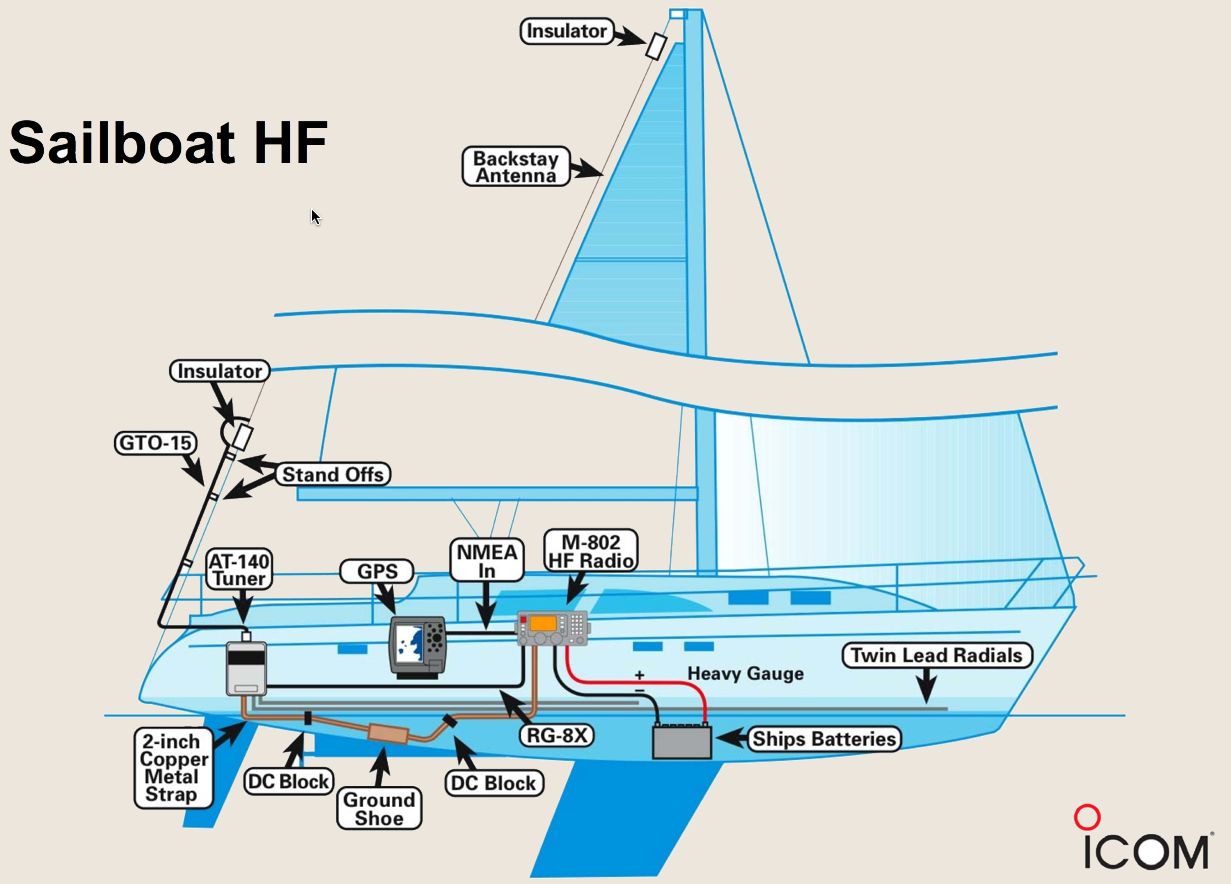Cruise Ship Buoyancy

Density is a measure of how much stuff fills an object.
Cruise ship buoyancy. Buoyancy is the upward force or thrust that acts on objects when they are fully or partially submerged in water or any kind of fluid. When the upward force is more than the gravity downward force the object floats. Tall cruise ships have a low center of gravity which increases stability.
Effects of buoyancy gravity and weight shifts on ship stability. This force is called buoyant force. Essentially cruise ships can stay above the water as long as they are displacing an equal amount of water to their mass.
Both types of buoy can be supplied in chain-through pad-eye or handling crucix congurations and with integrated radar reectors. If however it is less dense then water it will float. To ensure that a cruise ships center of gravity is low all the heaviest equipment is.
Decrease the volume of the ship D. How does a cruise ship float and not sink. Another contributing factor or force in the floating of a boat or ship is buoyancy.
The cylindrical-type buoys can also if required be tted with quick release hooks and lanterns. Needed liquid in ship system piping and system tanks is included but not liquids in eg. If the object is denser than water then it will sink.
This means the buoyant force increases and the ship floats better. Why do big ships float. There are three basic concepts that explain how and why a ship can float.



















